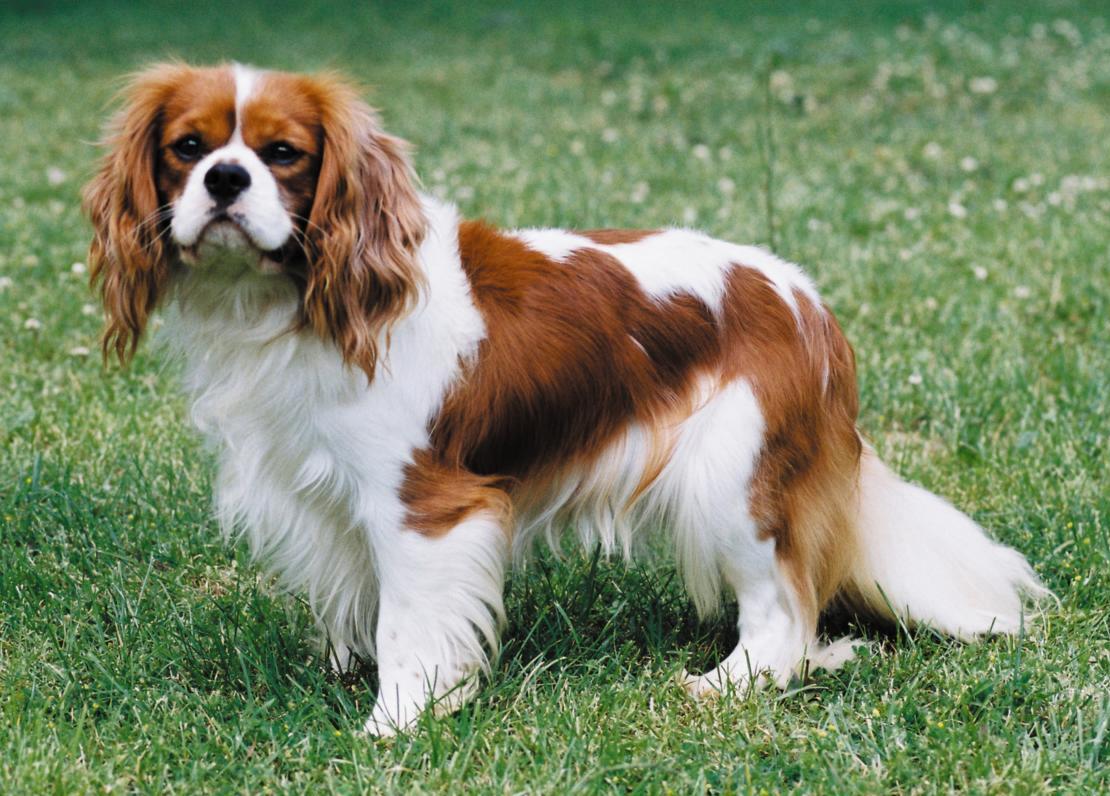

HealthĬavaliers are generally a happy, healthy breed of dog. A Cavalier does not do well in a kennel, nor is he an outside dog, being happiest as a member of the family, joining in family activities. Typically the Cavalier is fearless and sporting in nature, yet at the same time, gentle and affectionate. Known in some circles as the Royal Spaniel, the Comforter Spaniel, or the Spaniel Gentle, the Cavalier King Charles Spaniel is truly among the nobility of toy dogs, with his limpid eyes, quiet dignity and love of all things great and small. The Cavalier comes in four colour varieties: Blenheim (red and white markings), Black and Tan (Black with tan markings over the eyes, inside ears and under the tail), Tri-Coloured (black and white with tan markings) and Ruby (all over rich red). No trimming or artificial colouring of the dog is permitted.

Feathering on ears, legs and tail should be long, with the feathering on the feet a feature of the breed.
KING CHARLES CAVILER FREE
The coat is long, silky and free from curl, though a slight wave is permissible. The Cavalier King Charles Spaniel is a sturdy animal, measuring between (30.5 -32.5cm) at the shoulder, weighing between (5.4 - 8.1 kg), with a slight variation permissible.
KING CHARLES CAVILER REGISTRATION
The breed was granted separate registration by the English Kennel Club in 1946 and today is one of the most popular companion dogs. The standard of the breed was drawn up, which is practically the same as it is today. In 1928 a club was founded, and the title “Cavalier King Charles Spaniel” was chosen. Gradually, as the big prizes came to an end, only a few enthusiasts were left to carry on the breeding experiment. The King Charles breeders did not take these classes very seriously, as they had worked hard for years to do away with the long nose, so it was hardly a popular move. He immediately set about trying to right this by offering prizes at Crufts for dogs of the same variety seen in King Charles II’s time. The gradual evolution of the flat face of the King Charles Spaniel is still popular today and has created a very lovely breed.Īt the same time, Mr Roswell Eldridge, an American and a great lover of Toy Spaniels, came over to England and was disappointed to find that there were none of the little nosey spaniels left. In Queen Victoria’s reign, breeders started to hold shows, which introduced a new fashion for the breed: dogs with a shorter face. This strain became well known for their sporting qualities, as well as their claims as ladies’ companions. In the 18th and 19th centuries, a special strain of red and white Toy Spaniels was bred at Blenheim Palace, by the Dukes of Marlborough. History tells us that King Charles II was seldom seen without two, three or more at his heels. It was under the Stuarts, that they were given the royal title of King Charles Spaniels. The Cavalier King Charles Spaniel of today is the direct descendant of the small Toy Spaniels, seen in so many of the pictures of the 16th, 17th and 18th centuries.


 0 kommentar(er)
0 kommentar(er)
